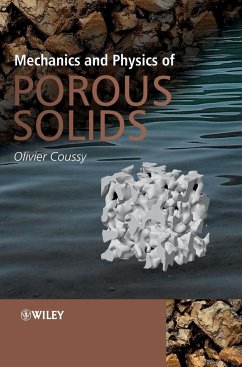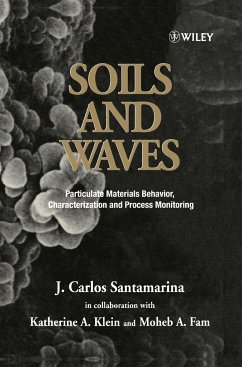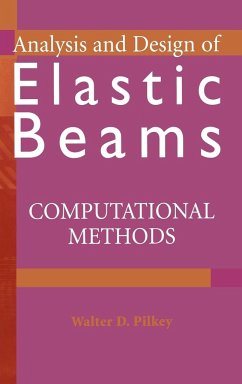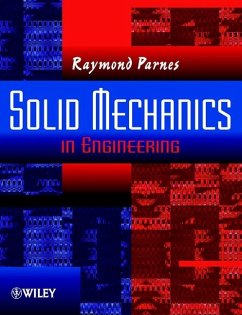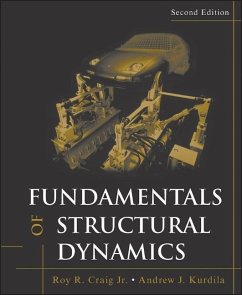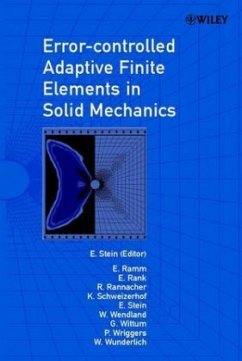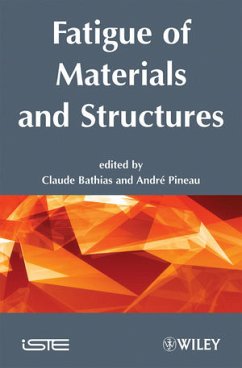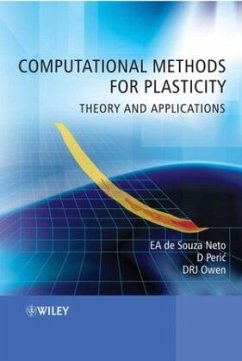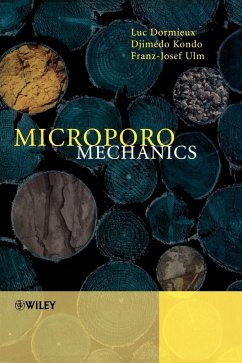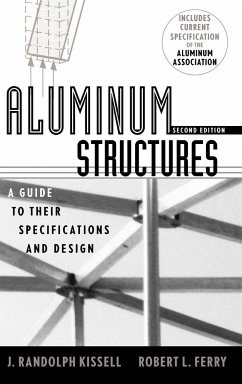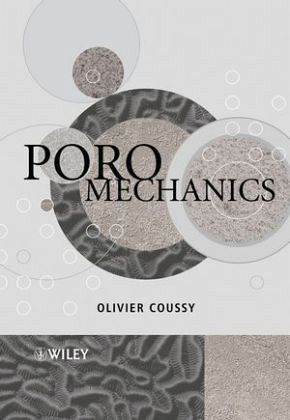
Poromechanics

PAYBACK Punkte
90 °P sammeln!
Modelling and predicting how porous media deform when subjected to external actions and physical phenomena, including the effect of saturating fluids, are of importance to the understanding of geophysics and civil engineering (including soil and rock mechanics and petroleum engineering), as well as in newer areas such as biomechanics and agricultural engineering.Starting from the highly successful First Edition, Coussy has completely re-written Mechanics of Porous Continua/Poromechanics to include:_ New material for:_ Partially saturated porous media_ Reactive porous media_ Macroscopic electri...
Modelling and predicting how porous media deform when subjected to external actions and physical phenomena, including the effect of saturating fluids, are of importance to the understanding of geophysics and civil engineering (including soil and rock mechanics and petroleum engineering), as well as in newer areas such as biomechanics and agricultural engineering.
Starting from the highly successful First Edition, Coussy has completely re-written Mechanics of Porous Continua/Poromechanics to include:
_ New material for:
_ Partially saturated porous media
_ Reactive porous media
_ Macroscopic electrical effects
_ A single theoretical framework to the subject to explain the interdisciplinary nature of the subject
_ Exercises at the end of each chapter to aid understanding
The unified approach taken by this text makes it a valuable addition to the bookshelf of every PhD student and researcher in civil engineering, petroleum engineering, geophysics, biomechanics and material science.
Starting from the highly successful First Edition, Coussy has completely re-written Mechanics of Porous Continua/Poromechanics to include:
_ New material for:
_ Partially saturated porous media
_ Reactive porous media
_ Macroscopic electrical effects
_ A single theoretical framework to the subject to explain the interdisciplinary nature of the subject
_ Exercises at the end of each chapter to aid understanding
The unified approach taken by this text makes it a valuable addition to the bookshelf of every PhD student and researcher in civil engineering, petroleum engineering, geophysics, biomechanics and material science.



